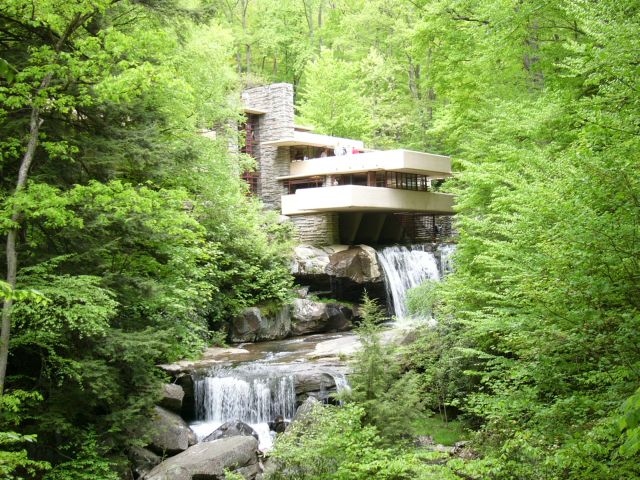This structure was built by Frank Lloyd Wright and is called Falling Water (http://en.wikipedia.org/wiki/File:FallingwaterWright.jpg)
This is Vendee Historial in France. It's roof has native species planted on it. (http://en.wikipedia.org/wiki/File:Green_Roof_at_Vend%C3%A9e_Historial,_les_Lucs.jpg)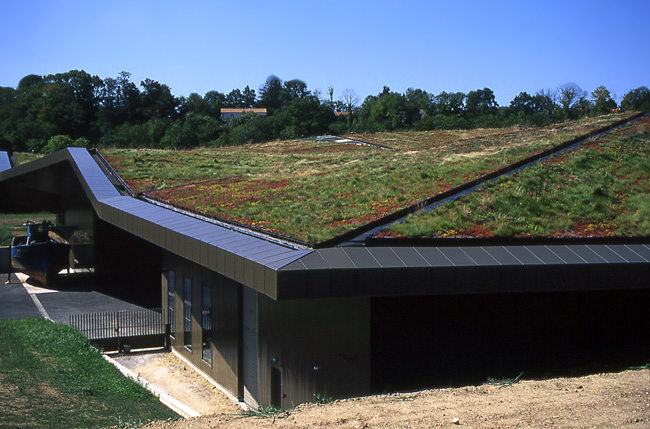
I found an interesting blog about future architectural ideas. (http://www.lifeofanarchitect.com/)
It’s called “The Ark”, but looks more like a ship sitting upside down on the water. A new design by Russian architect Alexander Remizov challenges the tradition of land-based hotel living and would provide a refuge in the future — should the world face a modern-day flood of Biblical proportions.
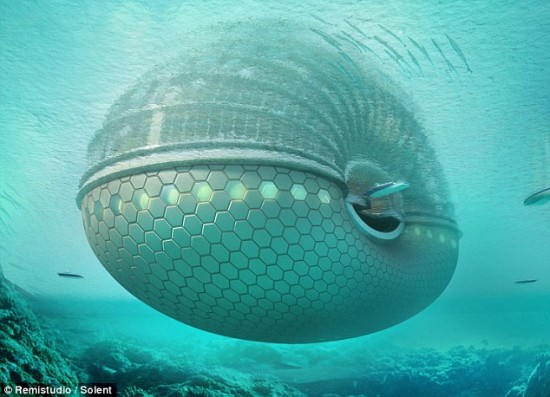
Remizov designed the hotel as part of a program on architecture and disaster relief through the International Union of Architects (UIA). He collaborated with a German design and engineering firm and the Moscow-based scientist Lev Britvin, who, according to Remizov, has developed energy-saving solutions for space stations. They are now searching for investors to make the design a reality.
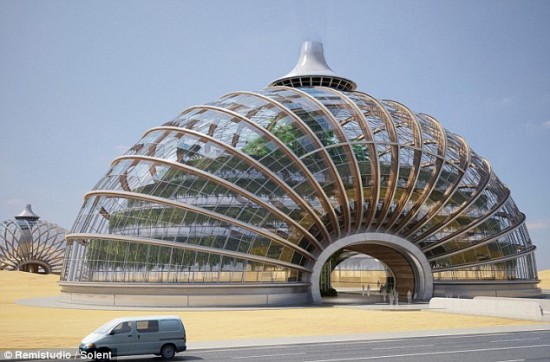
The building of the hotel could be fast and simple, Remizov told SPIEGEL ONLINE. “Prefabricated sections could be put together in three to four months,” he said. The versatile structure could be constructed in most corners of the earth, even in earthquake-prone areas. Constructing “The Ark” — which would include 14,000 square meters (151,000 square feet) of living space — would cost roughly the same as building an energy-efficient house.
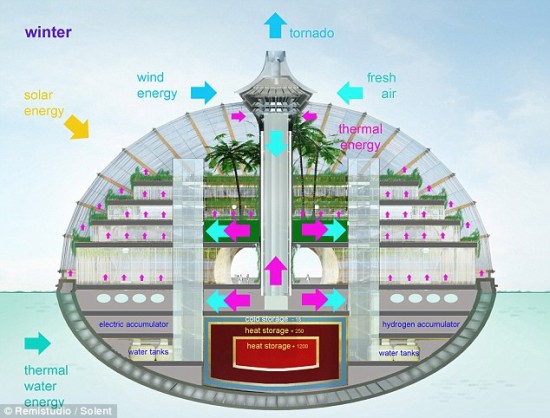
The self-sustaining structure would be built around a central pillar, connecting wind generators and heat pumps on its roof with the basement, where solar, wind, and thermal energy could be stored and turned into electricity.
Overall, architects are artists that do their work on a large scale and essentially make their artwork practical in that they are used by people as houses, places of buisiness, or important cultural structures.
